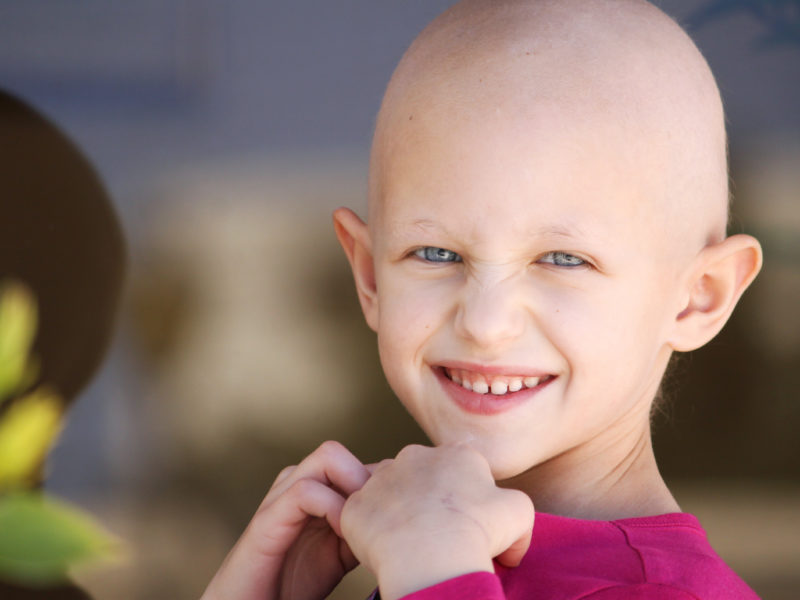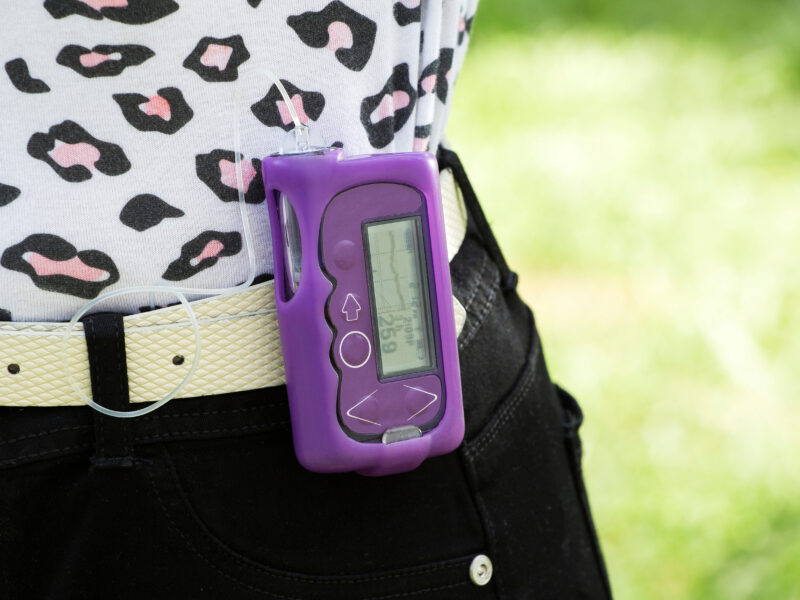Protecting an ‘Open Future:’ Improving Fertility Preservation Decision-Making for Young Males With Cancer
Protecting an ‘Open Future:’ Improving Fertility Preservation Decision-Making for Young Males With Cancer https://pediatricsnationwide.org/wp-content/uploads/2020/01/AdobeStock_144860523.gif-father-child-header-1024x575.gif 1024 575 Katie Brind'Amour, PhD, MS, CHES Katie Brind'Amour, PhD, MS, CHES https://pediatricsnationwide.org/wp-content/uploads/2021/03/Katie-B-portrait.gif
Evidence from a new study highlights the importance of family-centered decision processes and clinician facilitation in improving fertility preservation uptake prior to cancer treatment.
Numerous cancer treatments can reduce fertility or render some patients entirely infertile, but fertility preservation (FP) services have historically had low rates of uptake. When a young person is diagnosed with cancer, he or she may only have a few days—sometimes just a few hours—to decide whether to pursue FP techniques such as sperm banking. Now, a team at Nationwide Children’s Hospital is making progress toward a family-centered approach to fertility-related discussions, to both boost uptake rates and improve decisional satisfaction among young male cancer patients.
“Often, we have these fertility related discussions in the setting of a brand new, life-threatening diagnosis, and they have to decide urgently,” says Leena Nahata, MD, a pediatric endocrinologist and medical director of the Fertility and Reproductive Health Program at Nationwide Children’s. “This is understandably really challenging for a lot of adolescents, who aren’t developmentally prepared to think about their future parenthood goals. But we know that approximately half of these young boys will end up with fertility impairment, which often causes psychosocial distress.”
Dr. Nahata received a Career Development (K08) Award from the National Institutes of Health in 2019, which supported her recent development of a new Family-centered Adolescent Sperm banking values clarification Tool (FAST) shown to increase sperm banking rates (published in the Journal of Assisted Reproduction and Genetics). Additionally, the study team conducted in-depth family interviews, demonstrating some of the key barriers and facilitators to FP discussions from the perspectives of adolescents, mothers and fathers (published in Pediatric Blood & Cancer).
Her team’s growing body of FP research suggests that key opportunities to increase uptake and decisional satisfaction include involvement of the patient and both parents—especially fathers—in a discussion facilitated by a trained clinician (e.g. a fertility navigator). The discussion should highlight future parenthood goals, risk of infertility and provide opportunities to for both parents and the adolescent to share their perspectives. Coupled with systems-level improvements—such as automated fertility consults for all new pediatric cancer diagnoses—Dr. Nahata has already seen the hospital’s consultation and FP rates increase.
“We know that people who get information about fertility preservation ultimately are more likely to use it and to be satisfied than if they don’t get a consultation at all,” says Dr. Nahata. The Fertility and Reproductive Health Program now completes more than 400 fertility consults each year, across a variety of fertility-threatening conditions, both at diagnosis and during survivorship. “The goal of our research is to take that one step further, to design family-centered interventions to optimize fertility preservation rates and decisional satisfaction.”
She and her team have used the results from their latest studies and developed a tablet-based version of FAST that will automatically generate an analysis of patient and parent responses, identifying topics to address in a facilitated family discussion prior to the FP decision. The electronic platform is now being studied in a randomized-controlled trial, and Dr. Nahata hopes it may eventually be used in the clinical setting—and not just for cancer patients.
“There are other populations that may be able to use this type of tool in the future,” says Dr. Nahata. “This may include patients with rheumatic conditions, non-oncologic conditions leading to bone marrow transplants and youth with sickle cell disease. The list is expanding. If there is a patient with reproductive potential at risk for future infertility, it is recommended for them to get fertility counseling.”
Sperm banking, ovarian tissue cryopreservation and egg freezing are established methods of FP for pubertal males and pre- and post-pubertal females, respectively; testicular tissue cryopreservation is still an experimental technique that ideally will make FP feasible for pre-pubertal males as well. All of these FP procedures are offered at Nationwide Children’s, in collaboration with community partners (e.g. for egg freezing, sperm banking and tissue storage).
“We can do a risk assessment and stratification to try to gauge who is most likely to have impaired fertility, but it’s not a perfect science. We can’t always predict who those boys will be, so anyone who can bank sperm, should consider it,” says Dr. Nahata. “They may never need it, but at least it is there, like a form of insurance—a way to protect an open future for them as adults.”
References:
- Nahata L, Dattilo TM, Olsavsky AL, Lipak KG, Whiteside S, Yeager ND, Audino A, Klosky JL, Rausch J, Saraf A, O’Brien SH, Quinn GP, Gerhardt CA. Impact of a novel family-centered values clarification tool on adolescent sperm banking attempts at the time of a new cancer diagnosis. J Assist Reprod Genet. 2021 Feb 10. Epub ahead of print.
- Olsavsky AL, Theroux CI, Dattilo TM, Klosky JL, O’Brien SH, Quinn GP, Gerhardt CA, Nahata L. Family communication about fertility preservation in adolescent males newly diagnosed with cancer. Pediatr Blood Cancer. 2021 Feb 25:e28978. Epub ahead of print.
Image credit: Adobe Stock
About the author
Katherine (Katie) Brind’Amour is a freelance medical and health science writer based in Pennsylvania. She has written about nearly every therapeutic area for patients, doctors and the general public. Dr. Brind’Amour specializes in health literacy and patient education. She completed her BS and MS degrees in Biology at Arizona State University and her PhD in Health Services Management and Policy at The Ohio State University. She is a Certified Health Education Specialist and is interested in health promotion via health programs and the communication of medical information.
- Katie Brind'Amour, PhD, MS, CHEShttps://pediatricsnationwide.org/author/katie-brindamour-phd-ms-ches/April 27, 2014
- Katie Brind'Amour, PhD, MS, CHEShttps://pediatricsnationwide.org/author/katie-brindamour-phd-ms-ches/April 27, 2014
- Katie Brind'Amour, PhD, MS, CHEShttps://pediatricsnationwide.org/author/katie-brindamour-phd-ms-ches/April 27, 2014
- Katie Brind'Amour, PhD, MS, CHEShttps://pediatricsnationwide.org/author/katie-brindamour-phd-ms-ches/April 28, 2014
- Posted In:
- Clinical Updates
- Features
- Research







